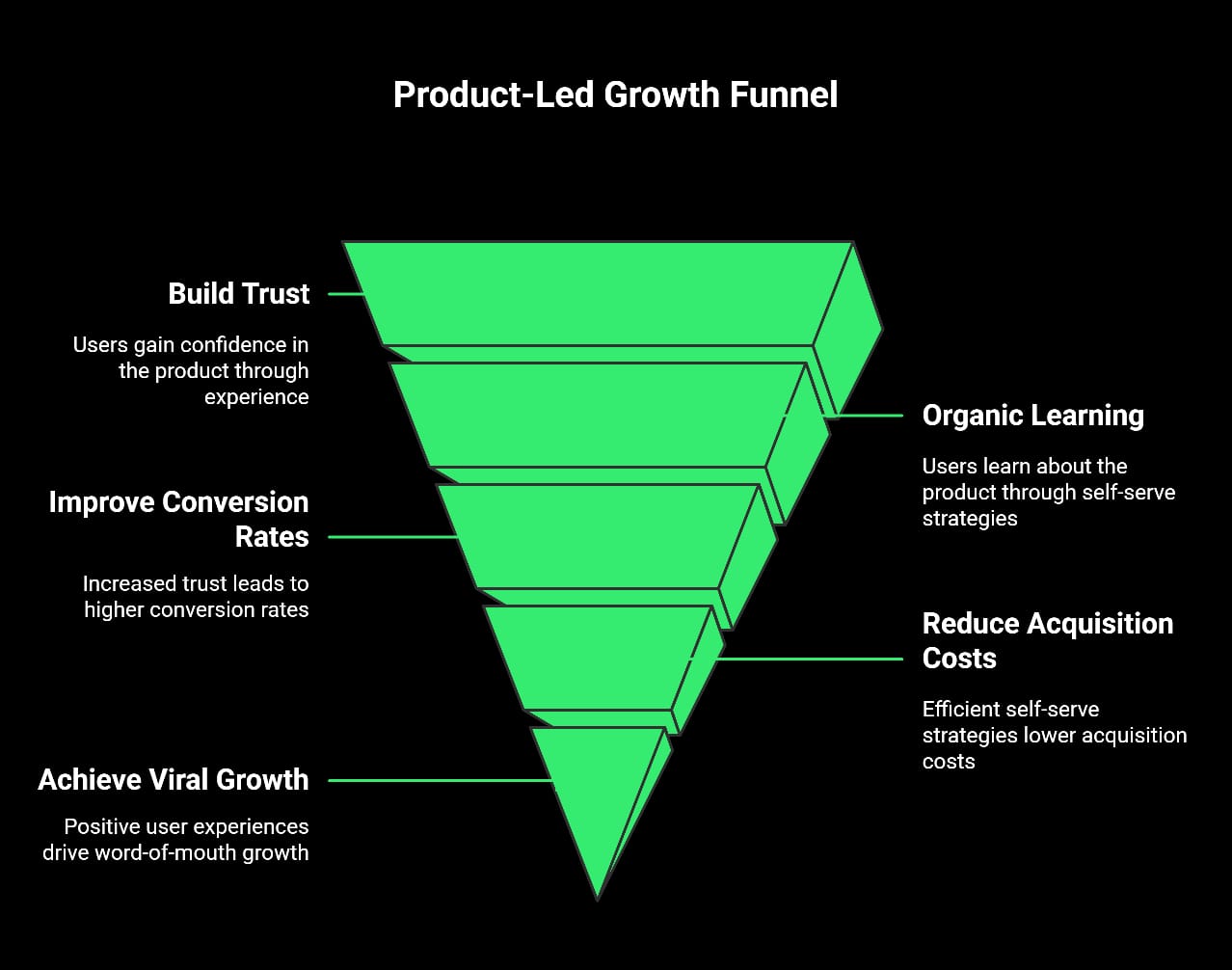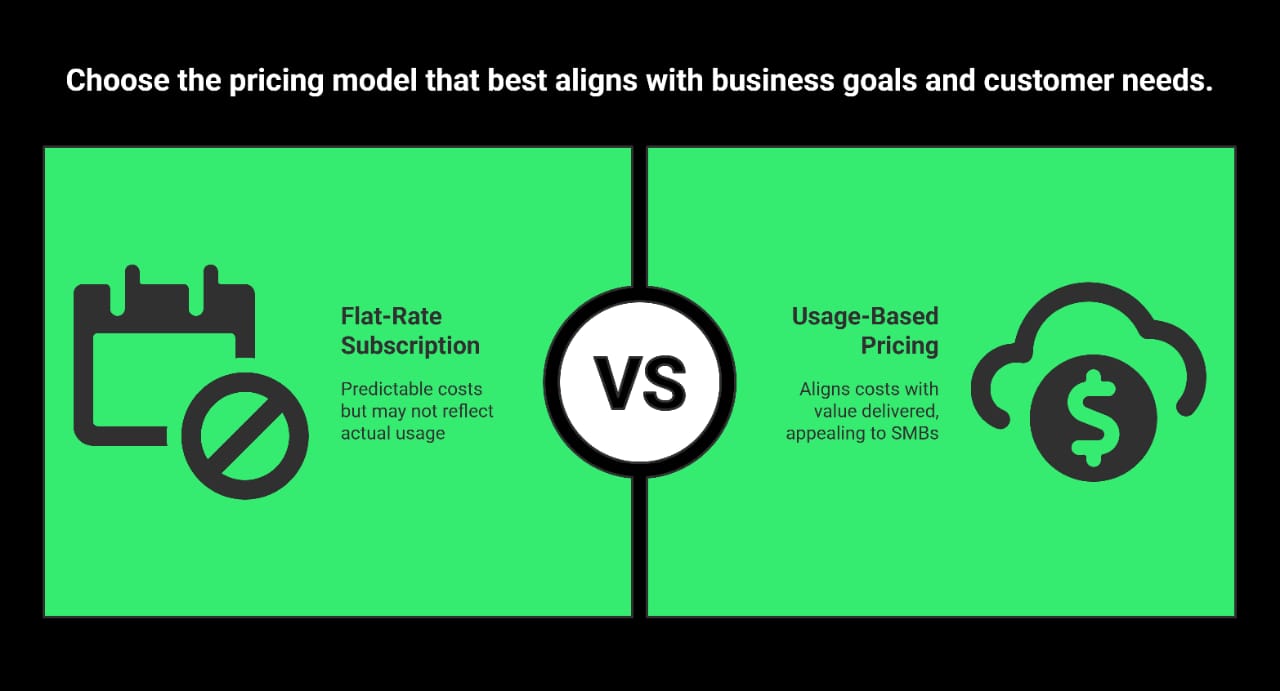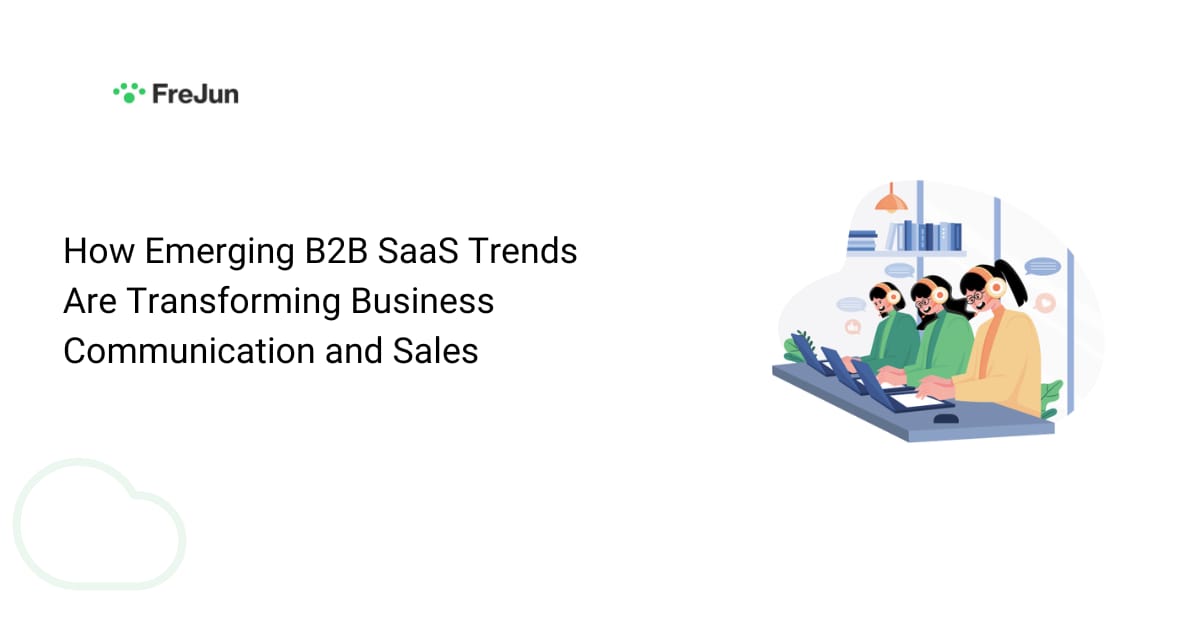Last updated on August 6th, 2025 at 12:19 pm
Today’s digital economy has transformed B2B SaaS companies from simple cloud tool providers to strategic enablers of smarter communication, efficient sales, and improved recruitment processes. These tools now drive seamless business communication solutions, data-driven hiring, and personalized sales experiences — making them essential for business success.. Abrupt technological changes, shifting customer needs, and increasingly competitive landscapes have triggered an era of innovation for the SaaS industry.
As we enter 2025, B2B SaaS is shifting toward intelligence, speed, and customer obsession. This article explores the key trends driving this evolution and enabling smarter business growth.
Table of contents
- 1. Product-Led Growth (PLG): Driving Smarter Customer Communication and Self-Serve Sales
- 2. AI-Driven SaaS Tools: Enhancing Sales Forecasting, Customer Support, and Recruitment Automation
- 3. Customer Success As a Growth Driver
- 4. Vertical SaaS Is Growing Densely
- 5. Usage-Based Pricing Models Are Catching On
- 6. Embedded SaaS and Integration Ecosystems Expand
- 7. Remote Work & Virtual Teams: The Need for Seamless Business Communication Tools
- 8. Data Privacy and Compliance Drive Product Innovation
- 9. Growth in International Markets
- Final Thoughts: Leveraging Change to Unleash Smarter Growth
- Frequently Asked Questions (FAQs)
- Author Bio
1. Product-Led Growth (PLG): Driving Smarter Customer Communication and Self-Serve Sales

One of the most significant B2B SaaS shifts is the increasing reliance on Product-Led Growth. PLG focuses on placing the product at the center of acquisition and retention strategies. For communication-driven businesses, this means enabling users to experience collaboration features or scalable business calling solutions during free trials, boosting trust and faster adoption. PLG enables the product to sell itself with a clean design, freemium, and frictionless onboarding.
Companies like Slack, Notion, and Zoom are at the forefront with self-serve strategies that cap sales intensity. The method allows customers to learn about products organically, setting up trust and improving conversion rates.
PLG improves the cost of acquiring clients while increasing agility for SaaS firms.
2. AI-Driven SaaS Tools: Enhancing Sales Forecasting, Customer Support, and Recruitment Automation
Artificial intelligence is no longer a buzzword—it’s powering the next generation of SaaS platforms. In recruitment, automation powered by AI streamlines candidate screening and automate interview scheduling, while in sales, AI-powered business communication predicts buyer intent and personalizes outreach at scale. From predictive analytics to customized experience, AI software development services are enabling swift and smarter decision-making.
For instance, AI-enabled customer success platforms can monitor usage patterns for potential churn risk and suggest targeted engagement strategies. Likewise, marketing automation technology today uses AI to dynamically personalize content on a scale, making campaigns more effective. Additionally, AI chatbot development is transforming customer interactions, providing instant support and enhancing user engagement.
By embedding knowledge into their services, organizations boost efficiency, enhance user engagement, and drive growth across the buyer lifecycle.
3. Customer Success As a Growth Driver

Customer retention, in the case of the B2B SaaS, is as important as acquiring new customers. As subscription business models gain popularity, efforts have been centered on ensuring long-term customer success. Satisfied customers are now also known to renew and turn into brand ambassadors and growth drivers.
Customer success teams now leverage data, automation, and virtual phone numbers for business communication to deliver proactive care, customized onboarding, and usage analysis. For example, recruitment SaaS platforms use automated reminders and candidate engagement tools to reduce hiring delays, while sales SaaS platforms provide real-time alerts to improve communication with leads.
4. Vertical SaaS Is Growing Densely
Whereas horizontal SaaS offerings cater to broad markets, vertical SaaS offerings focus on niche sectors like medicine, real estate, or the law. By narrowing their target audience, these solutions can provide highly customized features that align with specific workflows, regulatory requirements, and industry-specific terminology. While this level of specialization increases the value for end users, it can also impact SaaS development cost, as creating tailored functionality and ensuring compliance often requires more time and resources.
Vertical SaaS is gaining traction because it offers more depth. By solving domain-specific problems, such platforms can monetize more and find more people to join them.
5. Usage-Based Pricing Models Are Catching On

The traditional flat-rate subscription is being overhauled by newer, more vibrant usage-based pricing schemes. Also known as consumption pricing, this scheme charges customers based on actual product use—be it API calls, data processing, or active users.
Cloud-born titans like AWS and Snowflake have been proponents of the model for years now, but more and more B2B SaaS players are turning to it to balance cost with value delivered.
This model boosts customer satisfaction and drives usage-led revenue growth, making it ideal for companies pursuing smart, scalable growth.
6. Embedded SaaS and Integration Ecosystems Expand
SaaS is no longer siloed — integrations and embedded apps with rich APIs are now essential for product stickiness and scalability.
Moreover, developer-oriented APIs allow SaaS platforms to integrate into a huge digital universe that provides new avenues for partnerships and revenues. Tools like Brandy, for instance, offer embeddable brand portals and integrations that help teams maintain brand consistency across platforms and products, streamlining operations and building trust at scale. Interoperability is one of the key drivers of wiser growth, which allows companies to service different needs with minimal drag.
7. Remote Work & Virtual Teams: The Need for Seamless Business Communication Tools
Remote working is no longer an interim arrangement—it’s the new permanent. With distributed teams becoming increasingly prevalent, the necessity for virtual phone solutions that support remote teams and collaboration persists. B2B SaaS companies are responding by building platforms that support asynchronous workflows, virtual collaboration, and digital-first leadership, and integrated resource planning software.
Tools like Asana, Trello, and Miro now cater to distributed teams with real-time collaboration, secure scaling, and user-focused experiences.
This shift isn’t about working everywhere, but rethinking how teams collaborate. For SaaS providers, it unlocks wider reach and sharper value — key to smart, scalable growth.
8. Data Privacy and Compliance Drive Product Innovation

With compliance guidelines like GDPR, HIPAA, and CCPA, organizations are prioritizing secure cloud phone systems for business communication and exploring VoIP best practices for security and compliance.
SaaS providers can no longer look at security and compliance as an afterthought — rather, they must be infused in product development from day one.
Rising privacy demands are pushing innovation in access controls and data governance — helping SaaS apps stay compliant and build lasting customer trust.
9. Growth in International Markets
As the B2B SaaS business model itself is scalable, international growth is the natural way of expansion. Cloud infrastructure, digital delivery, and in-country customer care are making SaaS companies grow new geographies at an unprecedented pace.
Expansion across the world requires prudent planning—localizing UI, familiarizing oneself with local compliance, and the price model. But the payoff may be worth it, as expansion markets are less crowded and in high demand for digital transformation solutions. Even in emerging sectors like crypto finance, users worldwide are turning to digital tools like a ripple price calculator to evaluate investment outcomes across volatile markets.
HubSpot and Freshworks scaled globally through localization and regional go-to-market strategies — making international reach key to smart B2B SaaS growth.
Final Thoughts: Leveraging Change to Unleash Smarter Growth
B2B SaaS is evolving through AI, expansion, and customer focus — driving smarter, lasting growth. Staying aligned with top B2B SaaS trends helps companies lead change and shape the future of enterprise software. Building a strong digital presence starts with a reliable communication infrastructure. Explore AI-powered business communication to support sales, support, and recruitment at scale. If your SaaS brand needs a performance-driven website tailored for conversions, professional web design services from agencies like Seahawk can ensure you put your best digital face forward.
Frequently Asked Questions (FAQs)
A: B2B SaaS tools enable seamless communication across teams, automate workflows, improve collaboration, and reduce operational costs through cloud-based flexibility.
A: AI powers everything from predictive analytics and personalized sales outreach to recruitment automation and customer support chatbots—making SaaS platforms more intelligent and effective.
A: It aligns pricing with real usage, offers flexibility to SMBs, and allows companies to scale cost-effectively while encouraging product adoption.
A: Vertical SaaS platforms address industry-specific needs, compliance requirements, and workflows, delivering more value to niche sectors like healthcare, legal, or construction.
A: Compliance ensures data security, builds customer trust, and accelerates sales—especially in regulated industries or global markets.
Author Bio
Sohail Ahmad is a B2B SaaS content and SEO strategist with expertise in business communication and sales technology. He writes about AI-driven tools, recruitment automation, and global SaaS strategies.
Subhash is the Founder of FreJun, the global call automation platform. With 8+ years of entrepreneurial experience, FreJun was established to help customers with their voice communication needs. The goal of FreJun is to develop cutting edge technology and solutions to help customers.
